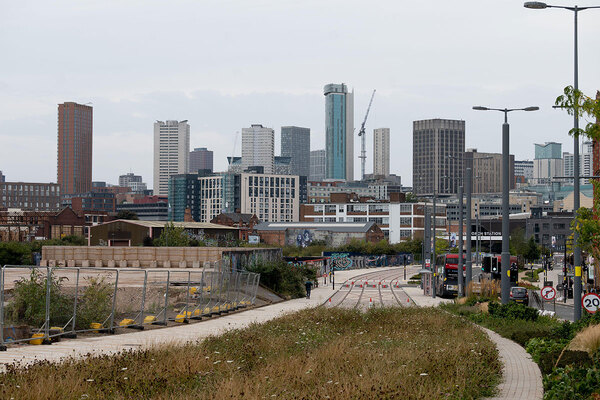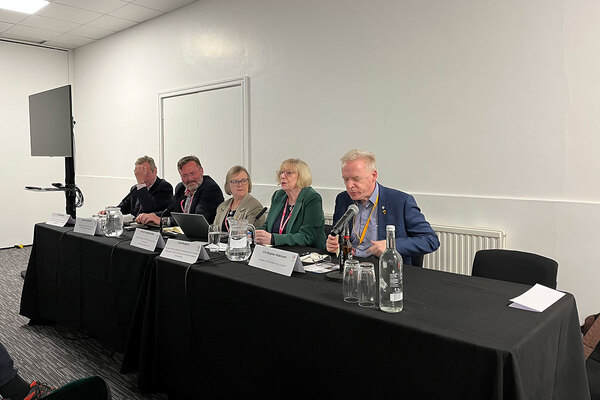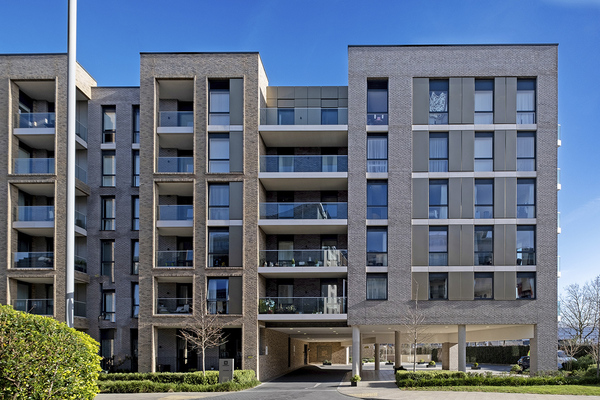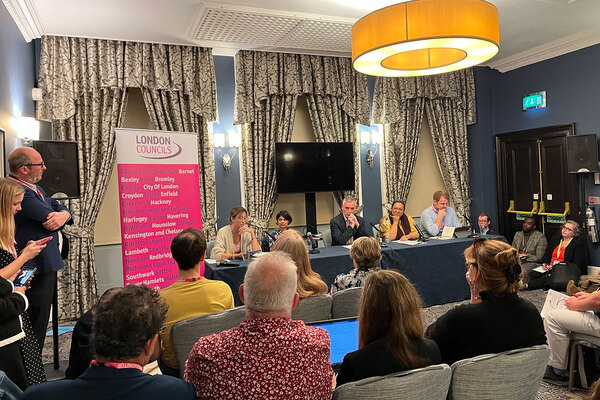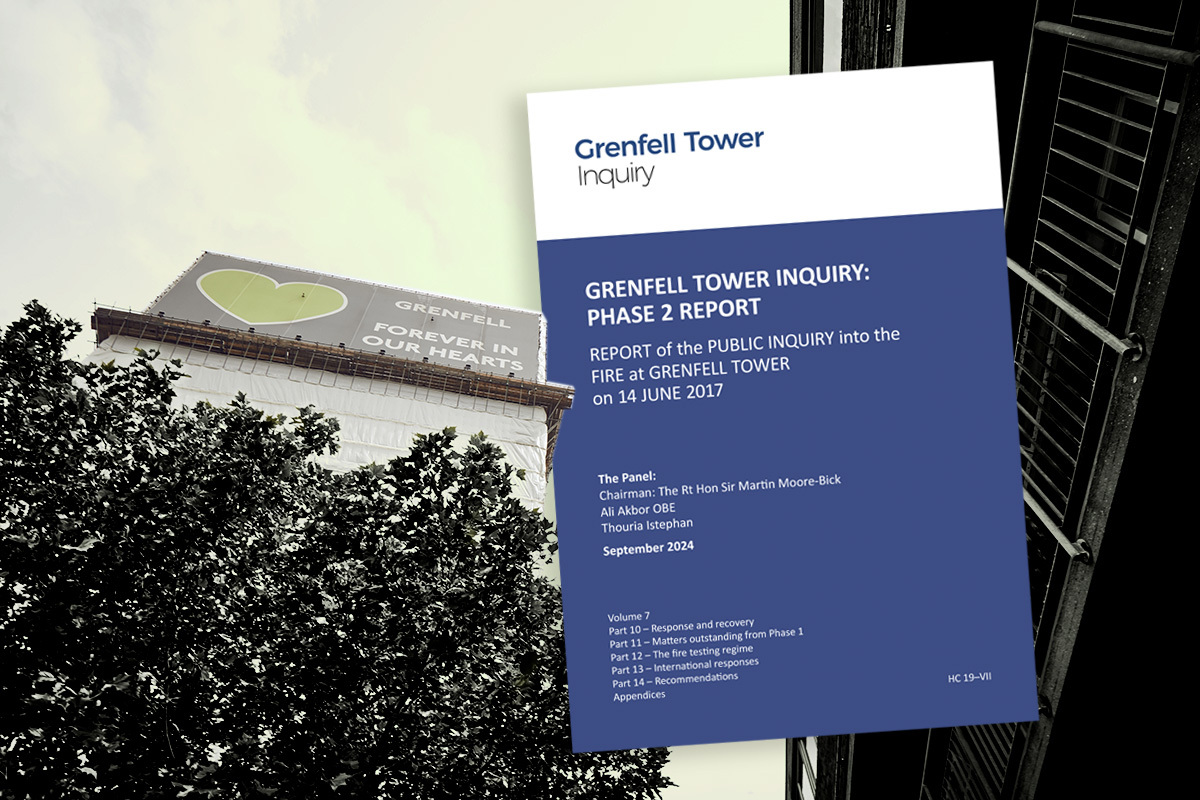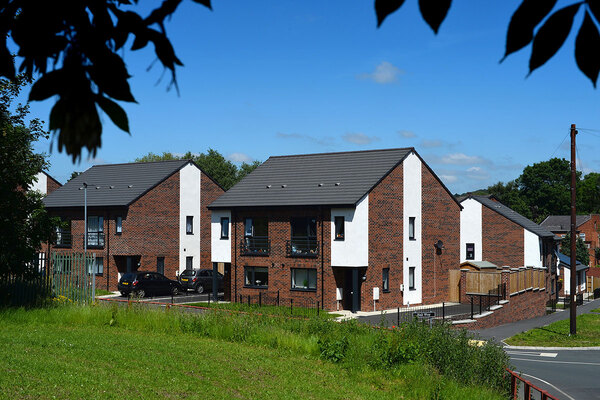You are viewing 1 of your 1 free articles
What we’ve learned from the development of our design code in Barking & Dagenham
We want to make it easier and more accessible for people to retrofit their homes, writes Amandeep Singh Kalra, associate director at London Borough of Barking & Dagenham’s Be First regeneration company
Design codes help to shape places in keeping with their local character and needs, to foster community involvement, to facilitate the building of better homes and public spaces, and to accelerate decision-making.
Local plans and supplementary planning documents have historically been too long, text-heavy and written in technical language the public finds difficult to understand. Despite efforts to make them accessible, they often remain the domain of specialist consultants.
Using the National Model Design Code framework, at Be First – Barking and Dagenham’s regeneration company – we wanted to buck this trend by creating a code that was highly visual and easy to read. We also wanted it to be co-authored with residents, establishing a shared vision for the neighbourhood. We worked, alongside 24 other organisations, with the Ministry of Housing, Communities and Local Government (MHCLG) and the Design Council on a ‘pathfinder programme’ to achieve this.
We are building thousands of new homes across the London Borough of Barking and Dagenham so, why focus our coding efforts on retrofitting the existing interwar suburban housing of the Becontree Estate?
Becontree is the UK’s largest council housing estate, spanning four square miles and accommodating around 40% of the borough’s population in 27,000 homes. Four key challenges drew us to this area:
-
Heritage at risk: Its 100-year heritage is under threat from ad hoc, incremental and informal changes
-
Carbon emissions: 40% of the borough’s carbon emissions come from domestic heating, making retrofitting essential for decarbonising by 2050
-
Fuel poverty: The estate has the poorest Energy Performance Certificate ratings in the borough, contributing to high levels of fuel poverty
-
Housing needs: Many homes are too small for growing families and intergenerational needs, leading to unsympathetic additions
More than half of the borough’s planning applications currently come from householders, placing a major resource strain on the local authority. Many are rejected for simple reasons, such as the householder not having understood planning requirements. This highlights the need for a design code because it’s important that regeneration is achieved not just through new build, but also through sustainable refurbishment to create healthier and ‘carbon-lite’ neighbourhoods.
Working with engagement consultancy Urban Symbiotics, we developed the Becontree Residents Forum, a demographically representative group to challenge our assumptions and help create the design code.
We engaged with the group through in-person and digital workshops, physical models and walkarounds over a six-month period. And we rewrote several chapters based on the feedback we received.
Planning policy often aims to preserve an area’s character, but we wanted to look forward, as well as back. The result is a more sustainable vision of an estate that residents want to live in.
What we’ve learned:
-
Only use external expertise where you need it: We did most of the work using our in-house planning and design expertise. Before outsourcing, consider what you can do yourself. It will pay off. We’re now helping other councils develop design codes. Please contact me to see how we can help you.
-
Engagement takes time: Bringing together a representative group of people in a vast area is time intensive. Allow for this and pay residents for their participation.
-
Being clear and transparent: Writing accessible policy that is easy to read and minimises room for misinterpretation is challenging. Don’t be tempted to rush this.
-
Digitise your code: We worked with Open Systems Lab to create a simple, clickable service that tells residents whether their application meets the code’s requirements. Ensure you understand why you want to digitise your code – for instance, to increase its accessibility – to build the best service.
Once the code is adopted, we expect that in the medium term, we’ll experience a reduction in refused applications and a decrease in officers’ time per application. And, over time, if we receive an increase in planning applications from householders, who are more informed and keener to retrofit their homes, we’ll be happy with that!
Longer term, we hope the streets of Becontree will be transformed with sustainable front gardens and homes, coupled with public realm improvements, contributing to better neighbourhoods for our residents to enjoy and live healthier lives in, while meeting our net zero targets.
Funding and support from MHCLG’s pathfinder programme enabled us to carry out this important work. To share our experiences with other local authorities, we’ve also worked with the Design Council and the other pathfinder organisations to create a set of practical resources.
These free, downloadable materials cover in more detail the topics I address in this article, giving step-by-step guidance to help councils embed collaboration in their coding process, foster community engagement and create user-friendly coding documents.
Amandeep Singh Kalra, associate director at London Borough of Barking & Dagenham’s Be First regeneration company
Sign up for our asset management newsletter
Already have an account? Click here to manage your newsletters






